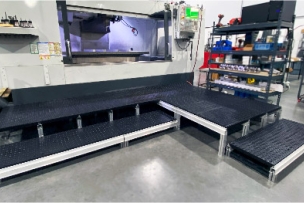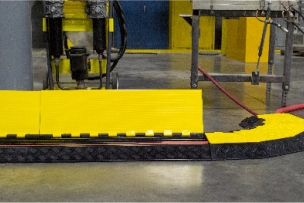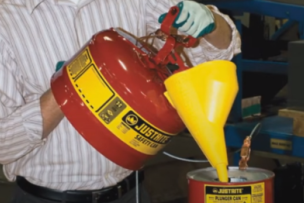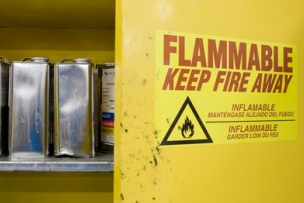Wearwell is a U.S.-based global manufacturer of cutting-edge anti-fatigue matting and flooring. For over 70 years, Wearwell has led the industry with over 20 patented anti-fatigue flooring and matting solutions designed to prevent injuries, improve performance, and position companies to compete in an ever-changing world.
With sales operations throughout North America, South America, and Europe, Wearwell works alongside customers to improve safety, reduce absenteeism, boost productivity, and heighten morale across every industry.








Talk to Us!
Leave a reply
Your email address will not be published. Required fields are marked *